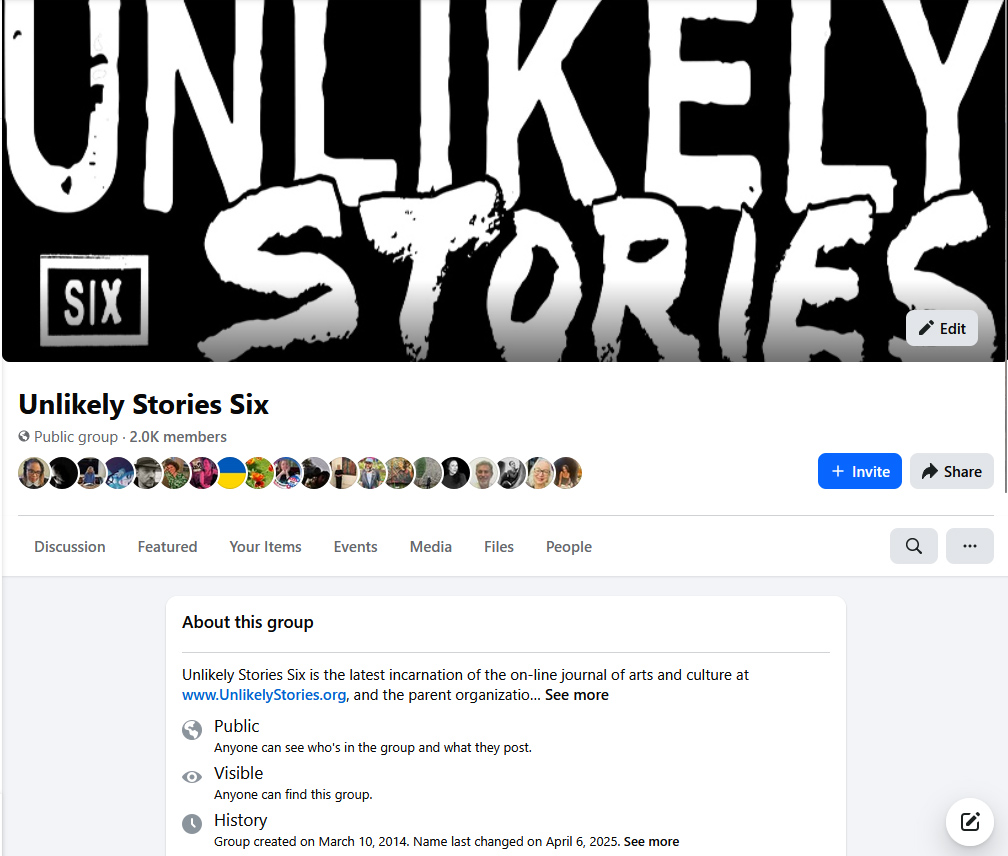The Surpa Simulation
In the Ruins of the Story
This is not history.
Nor is it an attempt to offer historical accuracy, moral guidance, or religious affirmation.
What unfolds in these pages is simply the re-telling of a myth—one of those immense, ancient stories that has shaped minds, territories, and identities for centuries, without ever being questioned at its core.
It is necessary to say this because myths are not passive.
They are not innocent.
They are, and have always been, instruments of control.
They tell us how to live, how to die, whom to love, whom to fear. They dictate what is noble and what is shameful, who deserves to rule and who must obey.
And yet, these myths—like all human stories—are fabricated.
They are crafted, shaped, altered, and often weaponized.
The act of re-telling a myth, therefore, is not a trivial exercise.
It is an intervention.
To re-tell is to re-examine.
To re-tell is to pull at the threads that have for too long gone unquestioned, unchallenged, unexamined.
To re-tell is to allow the discarded voices, the erased perspectives, the buried stories to surface and breathe.
The myth at the heart of this work is one that has been told in countless versions across languages, continents, centuries.
But always, it has been told by those who benefit from the telling.
It has been framed by the powerful, for the powerful.
It has justified wars, upheld patriarchies, silenced women, erased dissent.
And it has left behind characters whose humanity was crushed beneath the machinery of moral spectacle.
Among those erased is the figure at the heart of this re-telling.
A woman.
A sister.
A supposed villain.
A fragment of narrative designed to be grotesque, laughable, dispensable.
Her story was never hers.
It was told for her.
It was written to serve a larger arc in which she existed only to catalyze male glory, to be punished, shamed, and cast aside.
This work returns to her.
Not to redeem her.
Not to canonize her.
But to allow her the dignity of complexity.
In offering this re-telling, I am not proposing that ancient myths should be discarded wholesale.
These myths emerged from a time when human beings sought to make sense of a world they could not control: death, nature, violence, injustice.
They served, perhaps, as tools of cohesion, as scaffolds for early civilization.
But the problem arises when these myths are mistaken for truth.
When metaphor is mistaken for law.
When ancient narrative is mistaken for eternal morality.
We do not live in the world in which these myths were born.
And yet we continue to be ruled by them.
They shape our politics, our gender roles, our social hierarchies, often without our conscious consent.
This re-telling is, therefore, not a denial of the past but a refusal to allow that past to shape the present unchallenged.
The work you are about to read draws from that myth but dismantles its architecture. It uses a contemporary lens—one shaped by the post-truth condition, the rise of simulated realities, the collapse of ideological certainty—to examine what happens when we peel away the layers of glorification and instead look at the ugliness, the absurdity, the violence that lies beneath.
It is not a tale of heroes and villains.It is a tale of choices, mistakes, betrayals, and the refusal to submit to the grand machinery of narrative destiny.
There are no saviors here.
There are no saints.
There are only human beings—and the simulations they build to protect themselves from the terror of meaninglessness.
Finally, this is not an attempt to offer hope.
It is not an attempt to propose an alternative utopia.
The act of re-telling itself is the only gesture offered here: a quiet, defiant refusal to accept inherited myths as untouchable.
The woman whose story will unfold in the following pages was once written as a grotesque footnote.
Here, she is given voice, agency, and perspective—not to rehabilitate her into heroism but to acknowledge that her erasure was itself an act of violence.
Let the story begin again.
And let it be told, this time, without fear.




Add comment